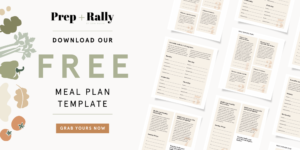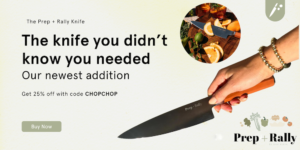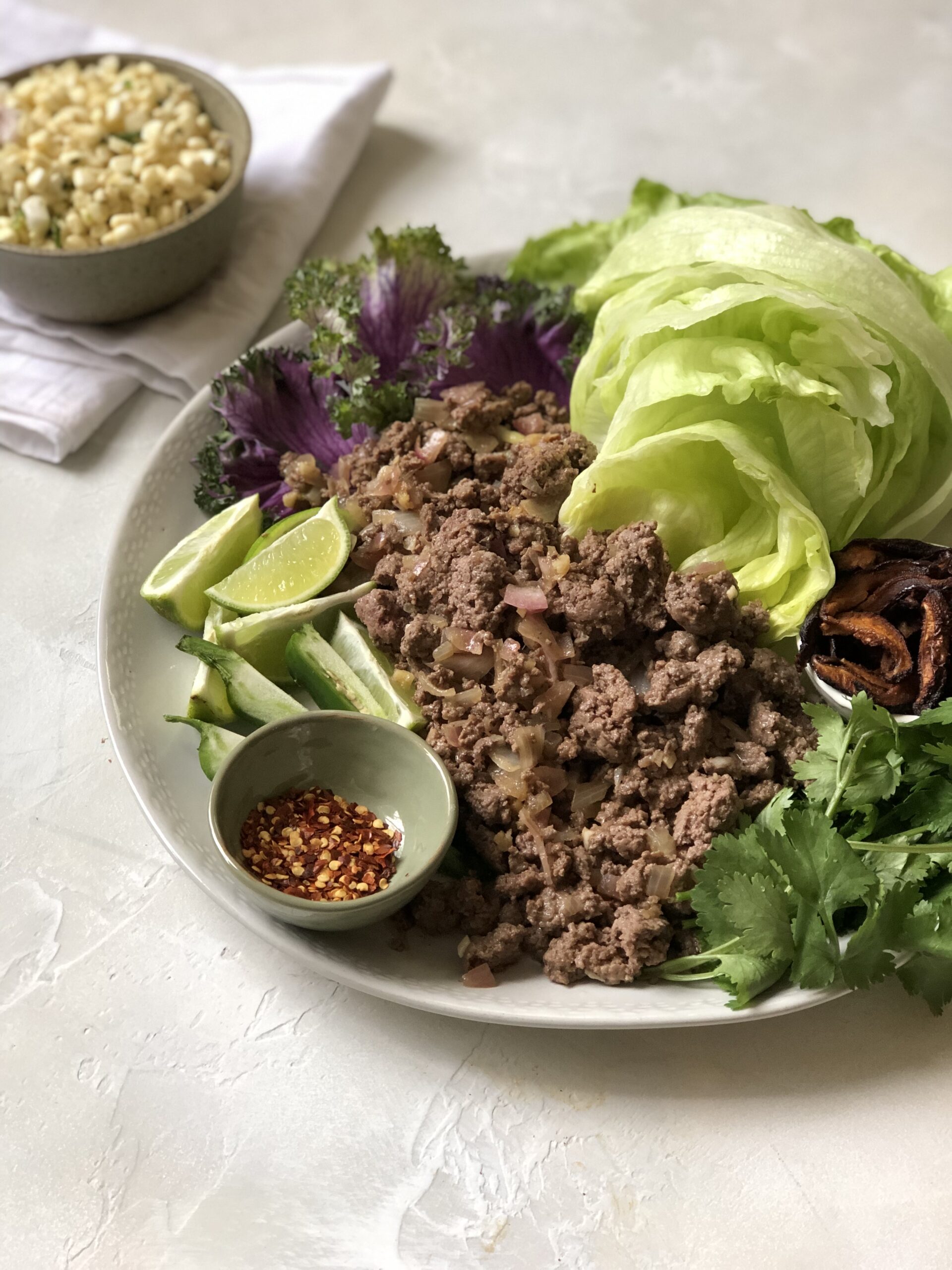
MixApril is just around the corner, and for me and my family, that means we are already thinking about the Passover holiday. Today I want to share a little background on Passover, the specific rules of Passover, what food products are kosher, and how to prep your kitchen and share kosher foods for Passover-approved recipes to have during the holiday. So let’s get started!
What is Passover?
Passover is a significant holiday in the Jewish tradition, during which certain dietary rules are observed.
Passover is a major Jewish holiday that commemorates the liberation of the Israelites from slavery in Egypt. This is a time of reflection, gratitude, and celebration of freedom. It lasts eight days and involves rituals and customs, during which certain dietary restrictions are observed. The holiday is marked by the Passover Seder, a special ceremonial meal that retells the story of the Exodus.
By Jewish law, there are certain foods that are kosher for Passover, while others are not. Understanding what foods you can eat can help you prepare delicious meals during this special time, especially for the traditional Seder meal.
Abstaining from Chametz
During Passover, the focus is on abstaining from chametz, which refers to leavened grain-based foods such as wheat, barley, rye, and oats. Chametz includes bread, pasta, cereal, cookies, cakes, and other foods made with a leavening agent or fermented products that have been allowed to ferment and rise.
According to chabad.org (a great resource on Jewish practice), the kosher for Passover laws are a bit different than regular kosher laws in 2 ways:
- Even the slightest trace of chametz is a problem. This is not like ordinary non-kosher substances, which may at times become neutralized by the 1/60 rule (if a non-kosher substance accidentally mixes with a kosher substance, the mixture is still considered kosher if the non-kosher component is less than 1/60th of the total mixture).
- You can have non-kosher goods, as long as they are not eaten (there are exceptions to this general rule). However, some may not even have chametz in possession on Passover.
So instead of leavened grains, kosher Passover foods are made from unleavened grains, such as matzah.
Matzah
Matzah, the star of Passover, is a flat, unleavened bread that is central to the holiday. It symbolizes the haste in which the Israelites left Egypt, since they didn’t have time to let their bread rise. Matzah is made from flour and water, and it’s baked quickly to prevent any fermentation. It has a unique texture and taste that adds a special touch to Passover meals.
Other Foods Kosher For Passover
But in addition to matzah, several other foods are considered kosher for Passover. Some examples of kosher foods for Passover include:
Vegetables & Fruit:
- Vegetables: Fresh vegetables, such as carrots, potatoes, green beans, broccoli, and lettuce, are all kosher for Passover. It’s important to thoroughly wash them to remove any traces of chametz (leavened grains).
- Fruits: Most fresh fruits are kosher for Passover, but it’s important to inspect them carefully for any signs of infestation.
Meat & Dairy:
- Meat: Kosher meats, including beef, lamb, poultry, and fish, are allowed during Passover. It’s important that we prepare meats according to kosher standards.
- Eggs: Eggs are a versatile and nutritious food that can be enjoyed during Passover. They can be boiled, fried, or used in various recipes.
- Dairy products: can be a bit more complicated during Passover. While unflavored dairy products like plain milk and plain butter are generally accepted, other dairy products like hard cheeses, cottage cheese, and flavored yogurts may require specific kosher for Passover certifications.
Fish:
- Fish: Fresh kosher fish is an essential component of Passover meals. During Passover, fish must meet the criteria of being kosher species with fins and scales. It should be properly cleaned and prepared, free from contamination or infestation. It’s important to prevent cross-contamination with non-kosher Passover foods and follow any additional customs or restrictions specific to your community.
Other Passover-specific Products
There are also various Passover-specific products available, such as kosher for Passover matzah meal, kosher for Passover cake mixes, and more. These products are specifically produced to meet the dietary guidelines for Passover. It’s crucial to note that during Passover, it’s best to consult with a knowledgeable authority on kashrut (Jewish dietary laws) to ensure that the foods you consume are indeed kosher for Passover. Following these guidelines will help you celebrate this significant holiday while enjoying delicious and permissible meals.
Prepping Your Kitchen for Passover
Now let’s talk about prepping your kitchen. Preparing your kitchen for Passover involves a thorough cleaning and the removal of any chametz (leavened products). Here are some steps to help you prep your kitchen:
Clean Your Kitchen
- Clean your kitchen: Start by cleaning all surfaces, including countertops, cabinets, and appliances. Remove any crumbs or food particles that may have accumulated.
- Replace or cover surfaces: If you have countertops or cutting boards that are difficult to clean, consider covering them with contact paper or using separate cutting boards for Passover.
Keep Things Separate
- Use separate dishes and utensils: Use separate dishes, silverware, and glassware for Passover. If you don’t have enough, you can use disposable options or borrow from a friend or family member.
- Separate cooking utensils and cookware: Designate specific utensils and cookware for Passover use only. If possible, store your regular utensils and cookware away during the holiday.
Removing Chametz and Kasher Your Kitchen
- Check your pantry: Go through your pantry and remove any chametz products or opened products that could have traces of chametz from the house. This includes bread, pasta, cereal, and anything made with wheat, barley, rye, oats, or spell, but make sure to also identify and set aside pareve food items that you can use during Passover. Pay attention to shared equipment or cross-contamination possibilities as well. Consider donating these items to a food bank or giving them to a non-Jewish friend.
- Kasher your kitchen: Kasher (make kosher) your kitchen by using heat to remove any traces of chametz. You can do this by boiling water and pouring it over countertops, sinks, and other surfaces. Consult with a rabbi for specific instructions on how to kasher your kitchen.
Remember, the specific guidelines for preparing your kitchen for Passover may vary depending on your level of observance and customs. It’s always a good idea to consult with a rabbi or follow the guidelines of your local Jewish community.
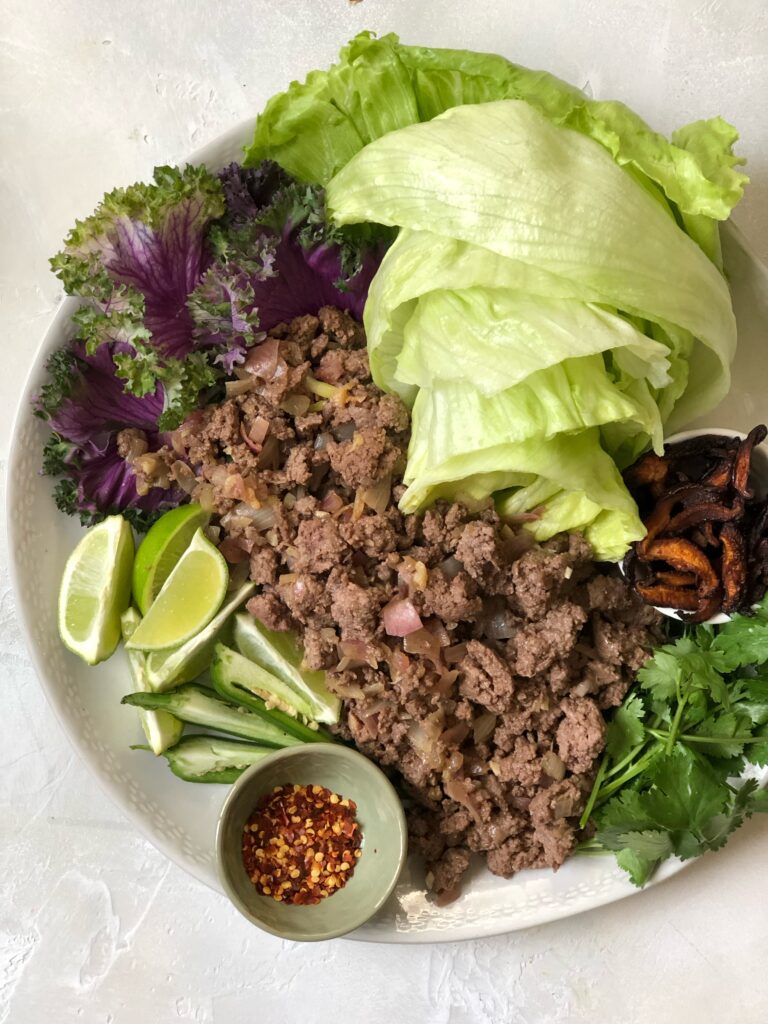
Passover Recipes
While abstaining from chametz might feel restrictive, trust me, there are plenty of delicious recipes. Passover offers a wonderful opportunity to explore a variety of delicious kosher recipes that comply with the dietary restrictions of the holiday. Here are a few ideas to inspire your Passover recipes for main courses, Passover desserts and great for Passover seder.
Soups & Sides
- Matzah Ball Soup (or matzo ball soup): A classic Passover dish, matzah ball soup features fluffy matzah balls (made from matzo meal) in a flavorful chicken or vegetable broth. It’s a comforting and traditional starter that sets the tone for the meal.
- Charoset: This sweet and symbolic dish represents the mortar used by the Israelites when they were enslaved in Egypt. Charoset is typically made from a mixture of chopped apples, nuts, sweet wine, and spices. It’s a delicious accompaniment to matzah and adds a touch of sweetness to the Passover meal.
Mains
- Gefilte Fish: This traditional Jewish dish consists of groundfish, typically whitefish or carp, mixed with onions, matzo meal, and seasonings. Form the mixture into patties or balls and poach in a flavorful broth. Serve it chilled as an appetizer.
- Roasted Chicken: A roasted chicken is a versatile and delicious main course for Passover. Season it with herbs, garlic, and lemon for a flavorful twist. Serve it alongside roasted vegetables. I have a an easy oven roasted ratatouille and chicken recipe that would be a great addition.
- Brisket: Slow-cooked brisket is a popular choice for Passover. Marinate brisket in a savory blend of spices and braise until tender, which makes for a flavorful and hearty dish. Check out my post on how to keep brisket moist and juicy after cooking.
- Potato Latkes: These crispy potato pancakes are a popular dish during Passover. Grate potatoes and mix with onions, eggs, and potato starch, and then fry until golden brown. Serve them with applesauce or sour cream.
Dessert
- Flourless Chocolate Cake: Indulge your sweet tooth with a decadent flourless chocolate cake. Made with ground almonds (or other nut flours, or even try matzo cake meal) instead of wheat flour, this rich and fudgy dessert is a perfect way to end your Passover meal on a sweet note.
You can find specific kosher for Passover products and ingredients at specialty stores or consult with a knowledgeable authority on kashrut for guidance. Enjoy exploring these recipes and have a memorable Passover celebration filled with great food and meaningful traditions.
Now while not traditionally kosher, I want to share a recipe that I’ve modified to be kosher for Passover – Beef Larb, and the best thing – it’s super simple. Check this recipe out:
Beef Larb Recipe
Ingredients:
- 2 tablespoons olive oil
- 2 lb. ground beef
- 1/2 red onion, thinly sliced
- 5 cloves garlic, minced
- 1 teaspoon fresh ginger, minced
- 1 tablespoon soy sauce
- 1 tablespoon maple syrup
- Salt and pepper
- 1 tablespoon balsamic vinegar
- 1 lime, juiced
Serving Ingredients:
- Lime wedges
- Torn kale (optional)
- Cilantro
- Iceberg lettuce cups
- Sliced avocado
- Hoisin sauce (optional)
- Chili flakes (optional)
DIRECTIONS :
- Heat the oil in a large pan, and brown the meat for a few minutes until until mostly browned. Pour off excess grease if needed.
- Add the onions and continue to cook until translucent. Add the garlic and cook for another minute. Add remaining ingredients and let simmer until all the flavors have come together.
- Assemble your lettuce cups using the desired serving ingredients from above.
The Jewish holiday of Passover is a significant holiday that brings together rich traditions, meaningful customs, and even the small things that make it special. By understanding the rules of Passover and adhering to the dietary restrictions of kosher for Passover, we can create a culinary experience that honors the spirit of the holiday.
Preparing our kitchens by removing chametz and following the guidelines for Passover ensures that we can fully embrace the traditions associated with this special time. From matzah ball soup to flourless chocolate cake, there are plenty of mouthwatering kosher recipes to enjoy during Passover. So, gather your loved ones, savor the flavors of the season, and celebrate Passover with joy, gratitude, and a table filled with delicious kosher dishes. Chag Sameach!
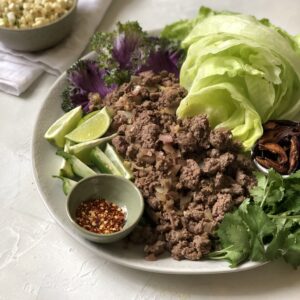
Beef Larb
Ingredients
Ingredients:
- 2 Tbsp. 2 tablespoons olive oil
- 2 lbs. ground beef
- 1/2 red onion thinly sliced
- 5 cloves of garlic minced
- 1 tsp. fresh ginger minced
- 1 Tbsp. soy sauce
- 1 Tbsp. maple syrup
- 1 Tbsp. balsamic vinegar
- 1 lime juiced
- salt and pepper
Serving Ingredients:
- Lime wedges
- Torn kale (optional)
- Cilantro
- Iceberg lettuce cups
- Sliced avocado
- Hoisin sauce (optional)
- Chili flakes (optional)
Instructions
- Heat the oil in a large pan, and brown the meat for a few minutes until until mostly browned. Pour off excess grease if needed.
- Add the onions and continue to cook until translucent. Add the garlic and cook for another minute. Add remaining ingredients and let simmer until all the flavors have come together.
- Assemble your own lettuce cups using desired serving ingredients from above.

